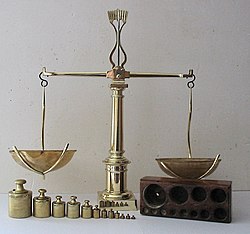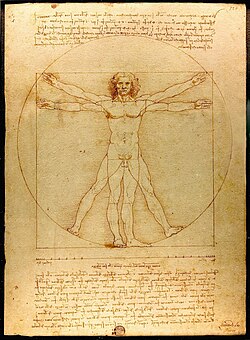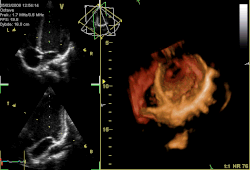
A measuring instrument is a device to measure a physical quantity. In the physical sciences, quality assurance, and engineering, measurement is the activity of obtaining and comparing physical quantities of real-world objects and events. Established standard objects and events are used as units, and the process of measurement gives a number relating the item under study and the referenced unit of measurement. Measuring instruments, and formal test methods which define the instrument's use, are the means by which these relations of numbers are obtained. All measuring instruments are subject to varying degrees of instrument error and measurement uncertainty. These instruments may range from simple objects such as rulers and stopwatches to electron microscopes and particle accelerators. Virtual instrumentation is widely used in the development of modern measuring instruments.
Contents
- Time
- Energy
- Electricity meter
- Gas meter
- Power (flux of energy)
- Action
- Geometry
- Dimensions (size)
- Angle
- Orientation in three-dimensional space
- Coordinates
- Mechanics
- Mass or volume flow measurement
- Speed or velocity (flux of length)
- Acceleration
- Mass
- Linear momentum
- Force (flux of linear momentum)
- Pressure (flux density of linear momentum)
- Angular velocity or rotations per time unit
- Torque
- Energy carried by mechanical quantities, mechanical work
- Electricity, electronics, and electrical engineering
- Electric charge
- Electric current (current of charge)
- Voltage (electric potential difference)
- Electric resistance, conductance, and conductivity
- Electric capacitance
- Electric inductance
- Energy carried by electricity or electric energy
- Power carried by electricity (current of energy)
- Electric field (negative gradient of electric potential, voltage per length)
- Magnetic field
- Combination instruments
- Thermodynamics
- Amount of substance
- Temperature
- Energy carried by entropy or thermal energy
- Entropy
- Temperature coefficient of energy or "heat capacity"
- Specific temperature coefficient of energy or "specific heat capacity"
- Coefficient of thermal expansion
- Melting temperature
- Boiling temperature
- More on continuum mechanics
- Density
- Hardness
- Shape and surface of a solid
- Deformation
- Granularity
- Viscosity
- Optical activity
- Surface tension
- Imaging technology 2
- More on electric properties of condensed matter or gas
- Permittivity, relative static permittivity, (dielectric constant), or electric susceptibility
- Magnetic susceptibility or magnetization
- Substance potential, chemical potential, or molar Gibbs energy
- Sub-microstructural properties of condensed matter or gas
- Crystal structure
- Imaging
- Sound, compression waves in matter
- Light and radiation without a rest mass, non-ionizing
- Radiation
- Ionizing radiation
- Identification and content
- Content in mixtures, substance identification
- Human senses and human body
- Sight
- Hearing
- Smell
- Temperature (sense and body)
- Circulatory system
- Respiratory system
- Nervous system
- Musculoskeletal system
- Metabolic system
- Medical imaging
- Meteorology
- Navigation
- Astronomy
- Military
- Uncategorized, specialized, or generalized application
- Alphabetical listing
- See also
- Notes
- References
- External links


















